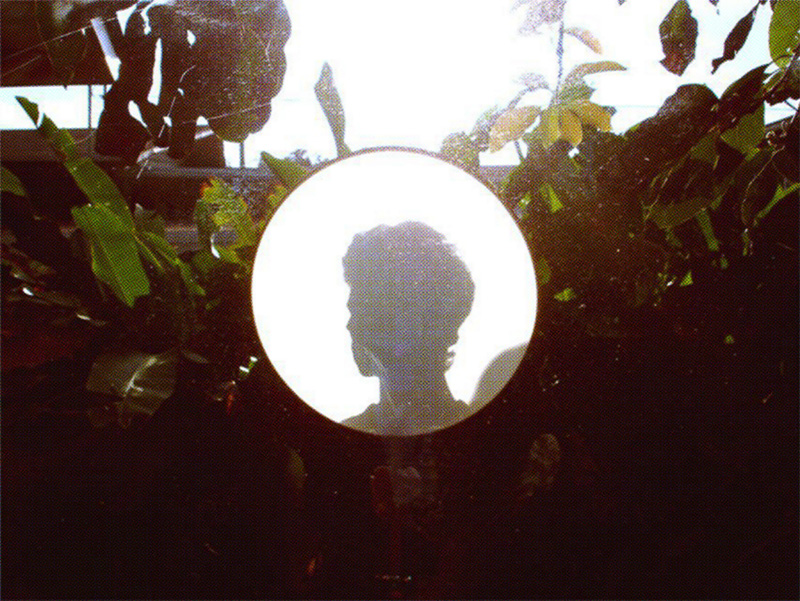

DB Amorin (b. Honolulu, Hawai'i) is an artist who explores audio-visual non-linearity as a container for intersectional experiences. He frequently emphasizes the generative role of error as an opportunity for creation, resulting in media-centered projects driven by DIY methodologies, lo-fi translations, and persistent, inquisitive experimentation with available materials.
His work has garnered awards from esteemed organizations including the Oregon Arts Commission, the Ford Family Foundation, Regional Arts & Culture Council, the Precipice Fund grant funded by The Andy Warhol Foundation for the Visual Arts and the Calligram Foundation and administered by Portland Institute for Contemporary Art (PICA). His visual art and curatorial programming have been exhibited internationally at A4 Arts Foundation; the ImagineNative Film + Media Arts Festival; ICA at MECA&D; Luggage Store Gallery; Soundwave ((7)) Biennial; PICA; Portland Art Museum; the Honolulu Museum of Art; Honolulu Biennial 2019.
Patreon
Website

Tracing the Veer
Institute of Contemporary Art at MECA&D
curated by Iris Williamson
ICA Projects
The Institute of Contemporary Art at Maine College of Art & Design is proud to present DB Amorin’s newest iteration of Tracing the Veer, a mediated experience incorporating elements of video, audio, sculpture, and print-based works. In Tracing the Veer, Pacific Islander artist DB Amorin recontextualizes valuable source materials—personal recordings of conversations between himself and his mother and late grandmother—into light-based, auditory, textural, and visual patterns and forms.
The work in Tracing the Veer synthesizes years of collecting, transcribing, and mapping family histories. Through this autoethnographic process, Amorin examines the nuances of storytelling and how different narratives intersect or contradict, and ultimately how one’s legacy influences self-identity. While the pride and care felt towards these stories are profound, the narratives are intentionally obscured in this body of work. The obfuscation is two-fold: it reflects how information becomes more and more generalized over the course of repetition and generational passage, and it also confronts the ways in which Indigenous stories can so easily be tokenized in public spaces. Rather than sharing narratives verbatim, Amorin protects the source material from casual consumption through an extensive process of recording and re-recording until the conversations become illegible. This process involves inexact translations made physical: sound waves engraved into clay, magnetically erased cassette tape, blank laser-cut acrylic records, oscillating video of mapped-out intersecting anecdotes, visual static between image files, and more. Light, shadow, structure, and placement within the gallery are used to both reveal and conceal knowledge. The viewer experiences the buzzing and hums of overlaid sound and projection, suggesting the multi-generational cacophony of history that gets passed down. Tracing the Veer embeds the richness and complications of shared cultural identities while also signifying the imperfect process of remembering.